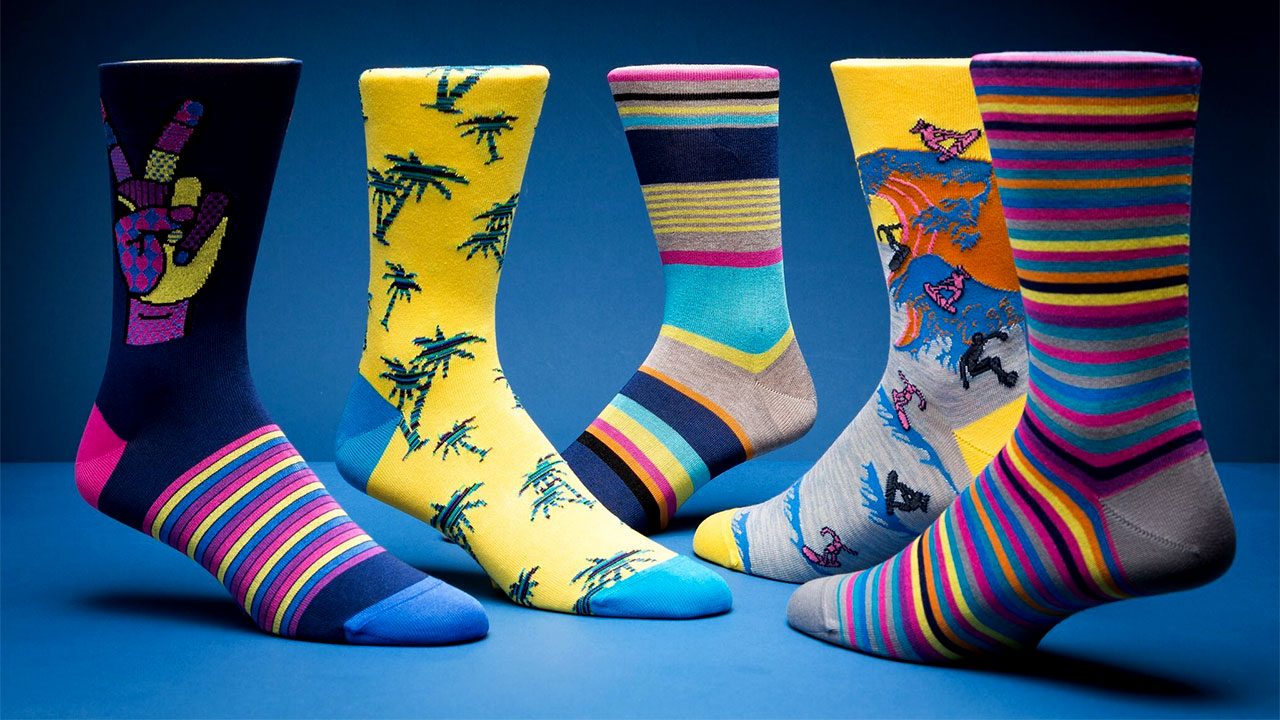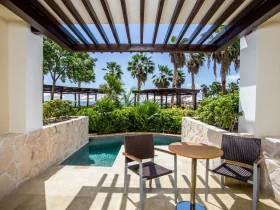Prepare detailed design specifications to communicate your sock vision to the manufacturer. This will ensure that the finished socks meet your quality requirements and align with your brand identity.
At the end of the process, the left and right socks are paired together and then private labeled with hangtags or bands before packing up for shipping. This is called boarding.
Pattern Coding
After a sock design has been approved, a team of specialists converts it into a “tech pack.” Each chassis (or combination of materials, height, weight, and cushioning) requires a unique set of requirements and templates.
Sock manufacturers also select the best fabrics to ensure optimal performance, comfort, and durability. This process requires extensive research and comparison of various suppliers. The best sock manufacturer will source high-quality yarn, nylon, elastic, and spandex to create premium products.
A sock manufacturing business should also carefully manage shipping and logistics to meet the needs of different clients. This can include meeting strict delivery deadlines and providing custom packaging options. By doing so, a sock factory can establish long-lasting relationships with its clients. This is the key to sustainable success and delivering excellent value.
Embroidery
The embroidery process is a stitching technique that creates a textured look on fabric. It is used on many types of apparel, including couture dresses and workwear. Embroidery is also used to create promotional products such as caps and bags. Embroidery machines use computerized digitizing software to convert artwork into commands for the machine’s needles.
The embroidery process requires a special hoop that allows for proper alignment of the pattern and needle start points. The embroidered pattern is then sewn on the socks by the embroidery machine. During this step, it’s important to ensure that the embroidered logo is not too large. A large LOGO will cause the material to shift and move, which can result in puckering. This can lead to a lower quality sock.
Boarding
The boarding process is important to keep socks in shape so they can be paired and packed. This step also helps to ensure that the left and right socks are identical. Socks are put on flat metal foot forms and then pressed under a fixed temperature and pressure. After this, the socks are ready to be private labelled and packaged.
Sock retailers pay attention to whether the factories they choose comply with social responsibility requirements. These include ethical and environmental standards. They should also be certified with BSCI and OEKO-TEX, which are internationally recognized quality assurance standards.
If you want to buy custom socks, you can choose from many small sock factories. They usually have fewer than 200 machines and offer one-stop socks OEM service. They can provide you with a wide variety of designs and materials. Their MOQ is usually hundreds to a thousand pairs per design and size.
Inspection
In the past, sock manufacturing was done by hand. Now, computerized machines knit a variety of threads into a chain of interlocking loops. This allows socks to be produced in a large quantity with consistent quality and design.
Once the socks are finished knitting, they’re transferred to the stitching section where they can be machine-stitched or manually stitched. Machine-stitched socks have a few advantages, including high suture speed and fast production. However, they can’t achieve the effect of pure hand stitching.
Once the socks are stitched, they’re inspected by a team of experts. This is an important step in determining the quality of your product and ensuring that it meets customer expectations. The inspectors look for a variety of defects, including:socks factory








Leave a Reply